► Iconic Escort racer driven
► Continuation car brings retro experience…
► …with a very modern price tag
Remember the Boreham Motorworks Ford Escort, the car that set the internet alight late last year? Well, this is the racing version and it carries on in the same vein as the road car, a millimetre-perfect recreation of the original racing car that dominated the British saloon car championship in 1968 and 1969.
Alan Mann Racing was the team responsible back then and the same outfit is all across this one as well, in conjunction with Boreham, as you can tell from the iconic red and gold team colours that Alan Mann made so famous in the 60s. Strictly limited to 24 examples, Boreham hasn’t revealed the price tag, only saying that it’s more than the road car. Given that it comes in at £295,000, the Alan Mann Racing version is going to be quite the number. Upwards of £350,000? It’s possible.
At a glance
Pros: Glorious looks, attention to detail, ancestral associations, nimble handling
Cons: Track-only, eye-watering price, ear plugs required
What’s new?
Everything and nothing, if that makes any sense.
Built by a combination of Boreham Motorworks and Alan Mann Racing (now run by Alan’s son Henry), the Ford is entirely new from the ground up and has been fastidiously recreated using the 1968 original, affectionately known as 349 after its reg plate of XOO 349F.
But it’s not a restomod. It’s sanctioned by Ford and uses official chassis numbers, much like Bentley has done with its Speed Six and Blower recreations. In racing parlance, the AMR Escort would be called a continuation car and as such it gets FIA Appendix K papers, vital if the new owners want to compete in historic racing. Henry Mann hopes they do: ‘From a personal point of view, I’d like to see it racing.’
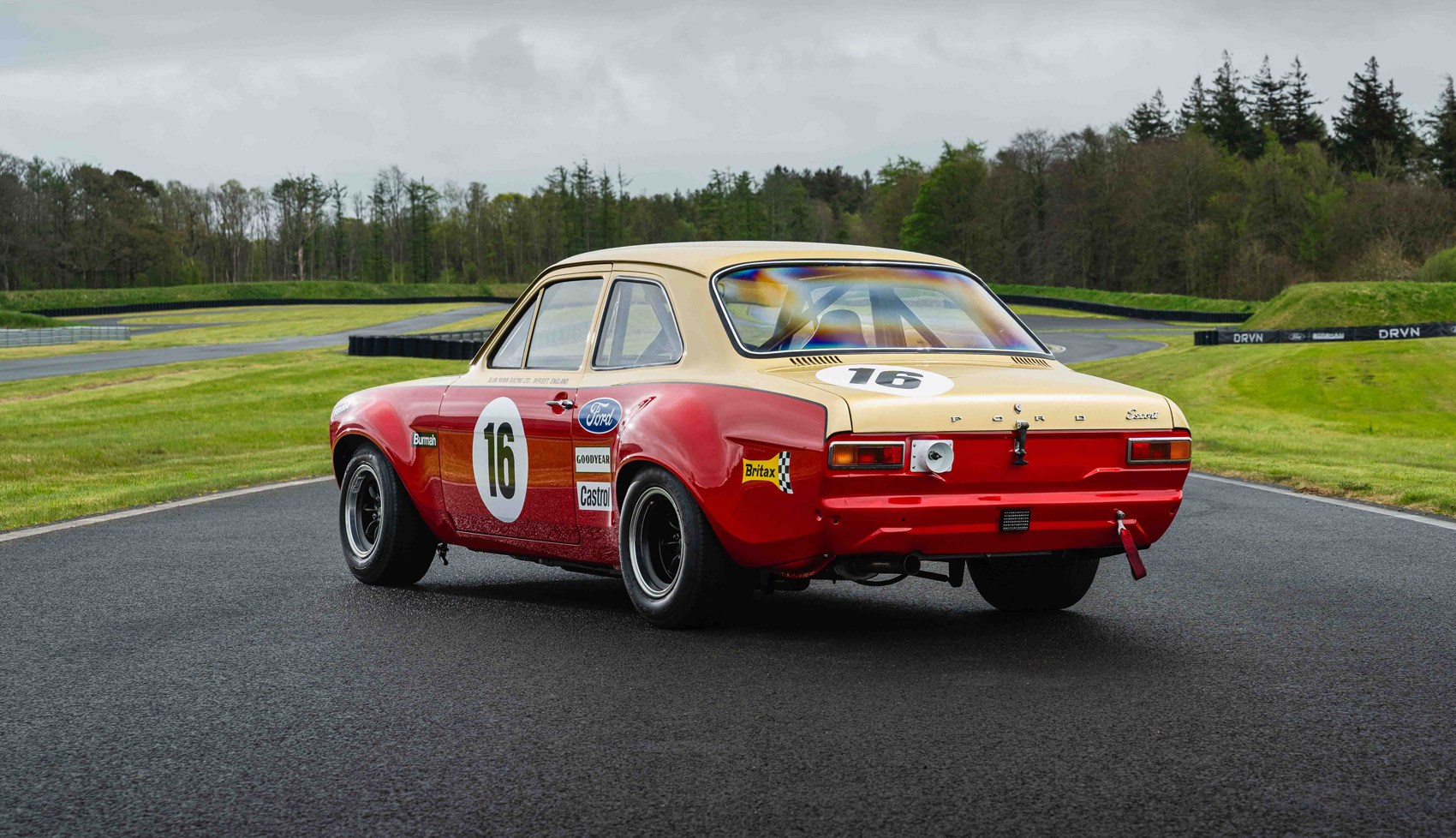
The level of detail that has gone into creating the new car is staggering. I went round Boreham’s Coventry facility a while ago and the tech and engineering integrity on display was as good as any OEM. Crucially it’s got a business brain behind it – take, for example, the jigs. By designing its own sets of these, Boreham can build repeatability into the process and that’s where efficiencies start to kick in.
For this car, the team from Boreham stripped 349 back to its constituent parts, so it could scan and map every element to make sure that it remained faithful to that original.
Not that it’s been easy. Take the ‘Ford’ lettering across the boot. You’d think that would be the same as countless Mustangs over the years, so a quick rummage in an American scrapyard would yield more than enough letters for the 24-car run. Not so, according to Mann: ‘The Mustang letters are ever so slightly different. You might not notice, but we’d know and wouldn’t be happy until they’re exact.’
The wide arches were a nightmare. The original got flared arches because the racing regs of the time allowed up to 10-inch wide rear wheels and different suspension, but finding ones now is nigh-on impossible so they’ve had to be made. The gearknob, the window winders, the door striker and latch, the headlights – virtually everything has required huge amounts of time and effort to manufacture from afresh.
Nearly everything. Weirdly, the rubber seal for the rear window isn’t an issue as they’re still being produced. How anyone makes a business case for still making rubber window seals for a Mk I Escort is anyone’s guess.
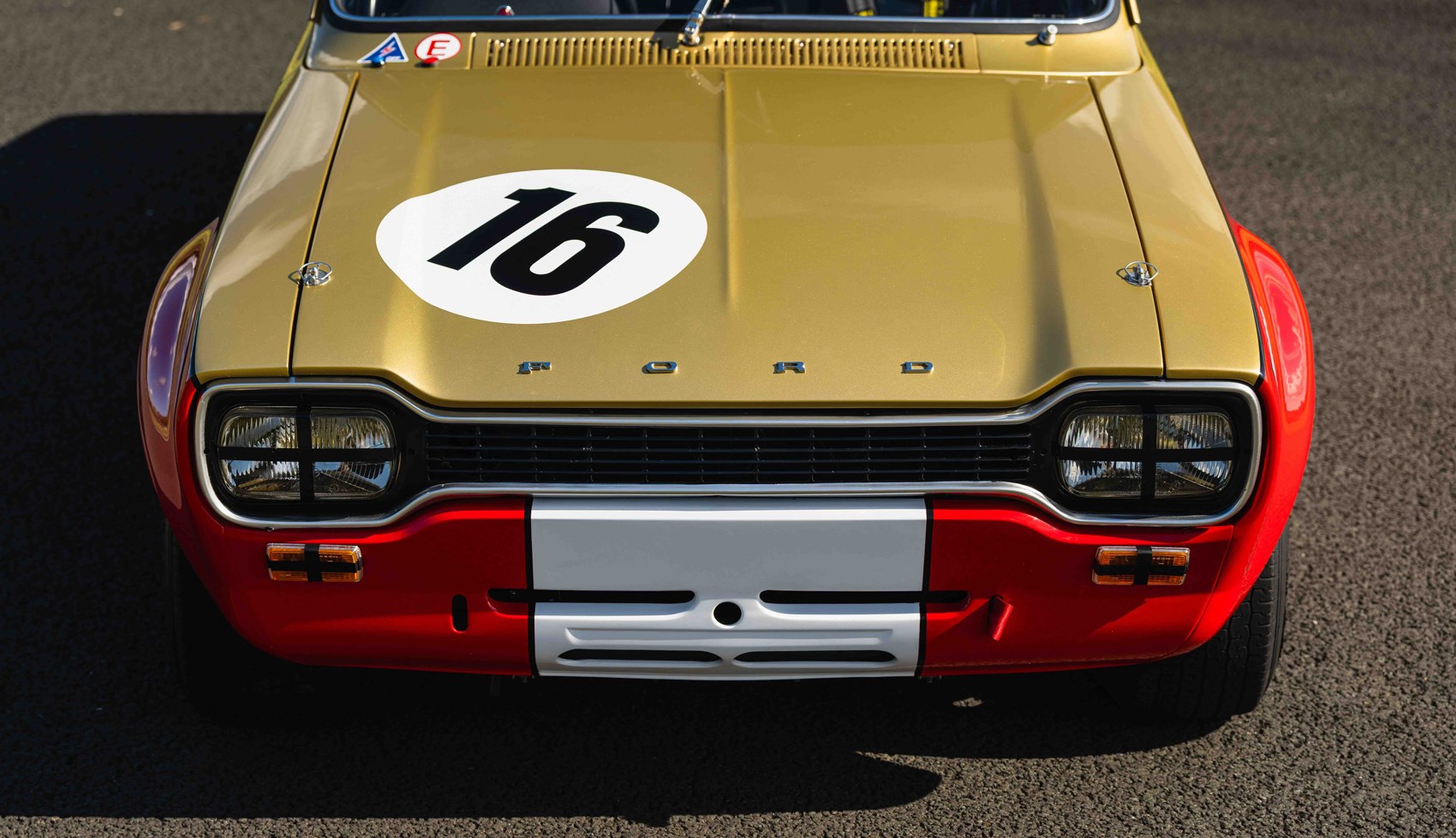
One thing the new one hasn’t got is the original’s headlining. Back in the day, the racing car kept the road car’s headlining because it was useful to hide a stiffening brace that AMR fitted, something that it didn’t want the scrutineers to see.
The fastidiousness is impressive and could only come because of the continuity and authenticity that Alan Mann Racing brings to it, along with the guiding light of Boreham Motorworks’s principles.
What are the specs?
It’s got the same Lotus four-cylinder twin-cam under the bonnet, now producing a smidge more power at 205bhp (up from around 185/190 on the original) and a yet-to-be-disclosed torque figure. It revs to 8000rpm, which is pretty high for an engine of this era. Kerb weight is just 795kg.
Power is fed to the rear wheels via a four-speed bullet gearbox, while it runs the same MacPherson strut front and rigid axle rear, including all the tweaks that the original engineers built into it all those years ago.
It runs on Dunlop Post Historic cross-ply tyres hiding discs all round, albeit solid and not vented like on modern cars.
What’s it like to drive?
Raw, like it should be.
Push the engine starter button and it clatters and rattles just like an historic racing car – zero sound-deadening means it’s pretty noisy inside, even for a four-cylinder. You need to blip the throttle a bit to get it to catch, but again, that’s like every historic racer ever.
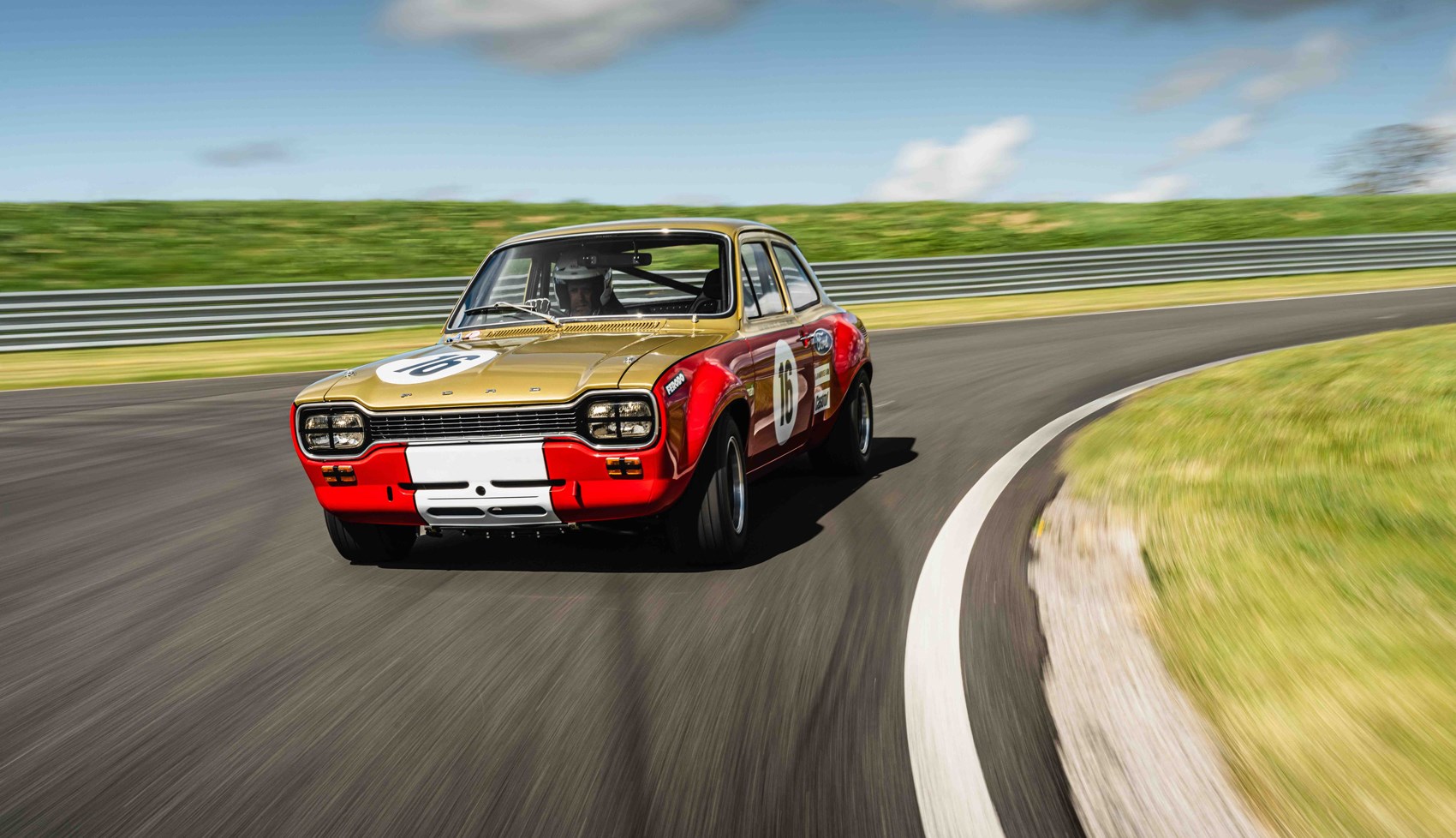
The clutch pedal has a short throw but the brake and accelerator are well-placed for heel and toe. The throttle response is great – not so sharp that you feel like it’s running away from you, but easily reactive enough to trim the car using the right pedal.
Out on the circuit, we start off with some demo laps from ex-BTCC racer Karl Jones and there’s a lovely moment through one corner where he starts to lean on the car more, sawing at the wheel to get the mass moving in the right direction. Even from the passenger seat you can tell the Escort is reacting nicely, with a lovely grip and balance.
My turn. Because you’re sat so low, you can’t see the edge of the bonnet so to start off with, before you get a sense of the car, you feel like you’re piloting a boat, leaning up trying to get a view ahead.
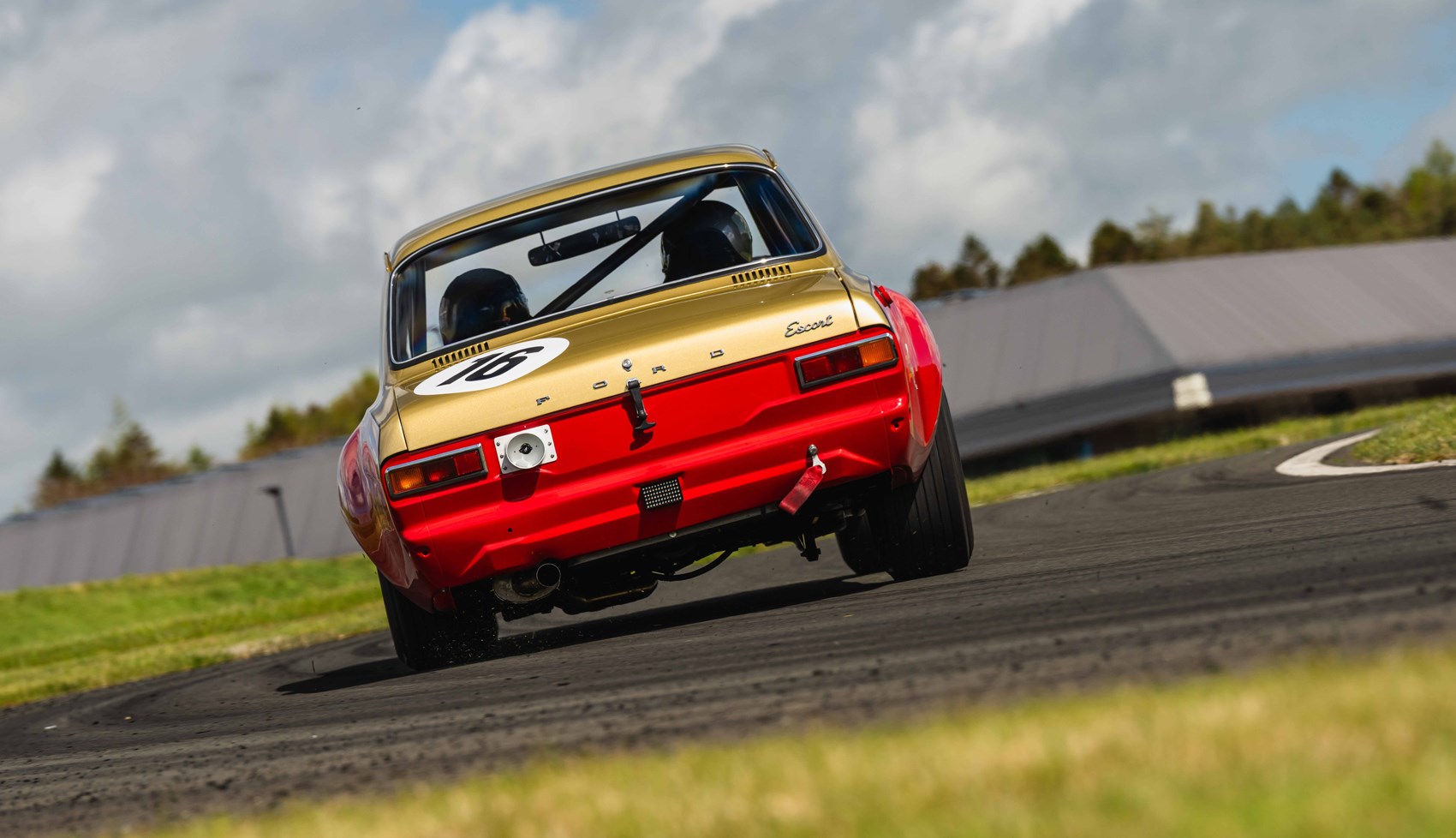
You soon forget this as the speed increases. Despite it being slightly stiffer at the rear than the original – it’s how AMR has set it up because of modern driving tastes and also because the Dunlop tyres have a different compound to what they had in period – there’s a lovely roll through the bends.
It’s possible to pitch it in, get that roll and then lean on the throttle as the apex disappears behind you. It’s got loads of grip and a real sense of what’s going on underneath, with none of the idiosyncrasies of some historic racers. It’s got character but is predictable, with a confidence-inspiring brake pedal and a precise steering rack.
Nothing dominates so that grip levels match power and the chassis feels up to it: despite the price, it’s not intimidating to drive.
What’s the interior like?
Clambering past the roll cage (one of the few new elements on the car, along with the plumbed in fire extinguisher and the electrical cut-out switch now mounted on the front – because safety never takes a day off), you drop into a set of low-slung but laid-back racing seats.
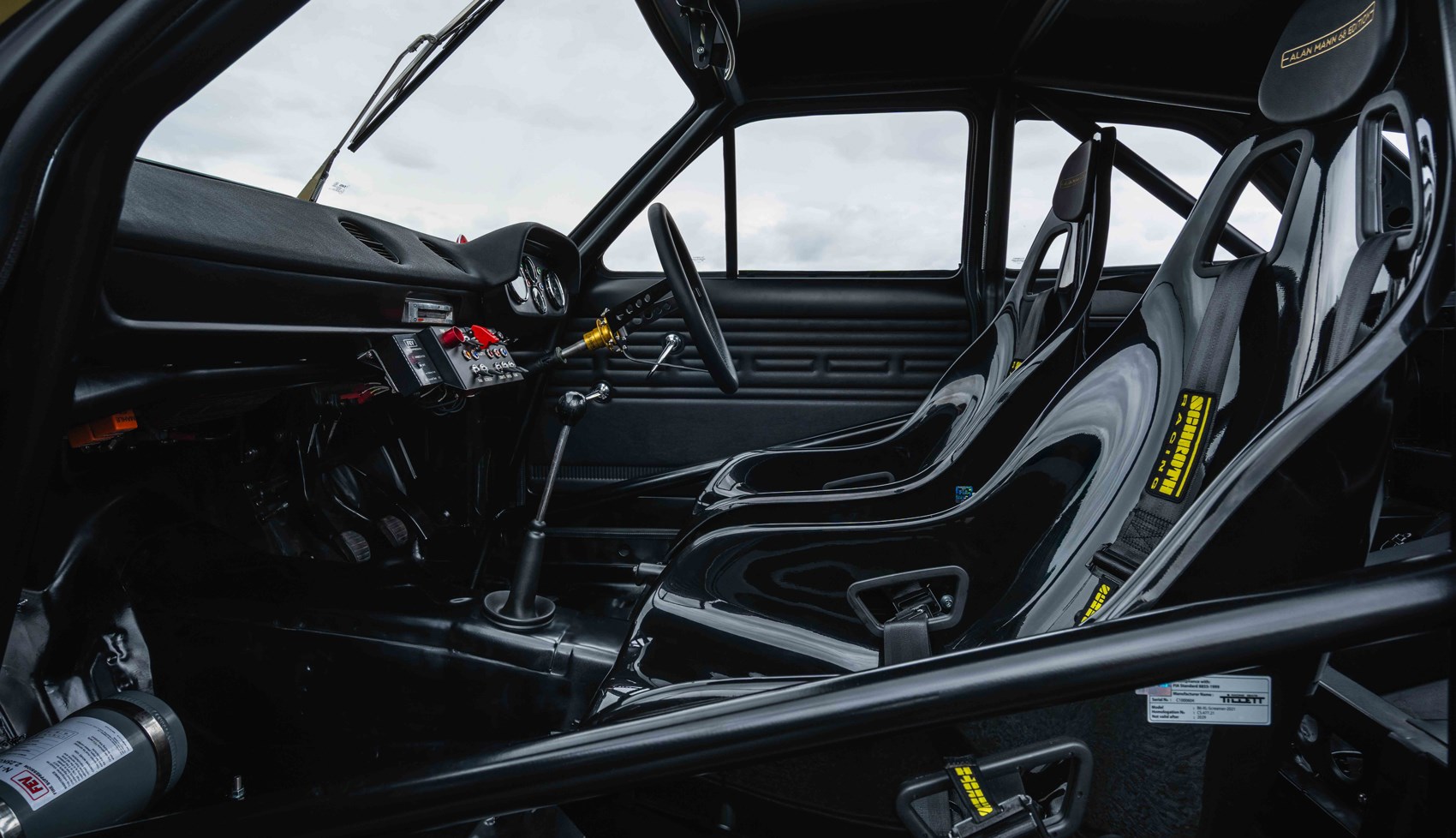
The deep-dish wheel is in front of you (it’s on a quick release mechanism if you need to remove it to get your legs in) and there are plenty of race switches over to the left, including a flip-down red cover for the master switch that any self-respecting Lamborghini owner will recognise. The Smiths dials are up ahead and match 349’s – I only ever look at the rev counter on the far left, clearly marked with its tell-tale at 8000rpm.
The period gear lever is lovely. Small head, long body, it means there’s a lot of movement across the gate so you can’t hurry it. This is not a shift to bang into the next gear like a modern racer, instead you need to gently coax it across and give everything time to sync.
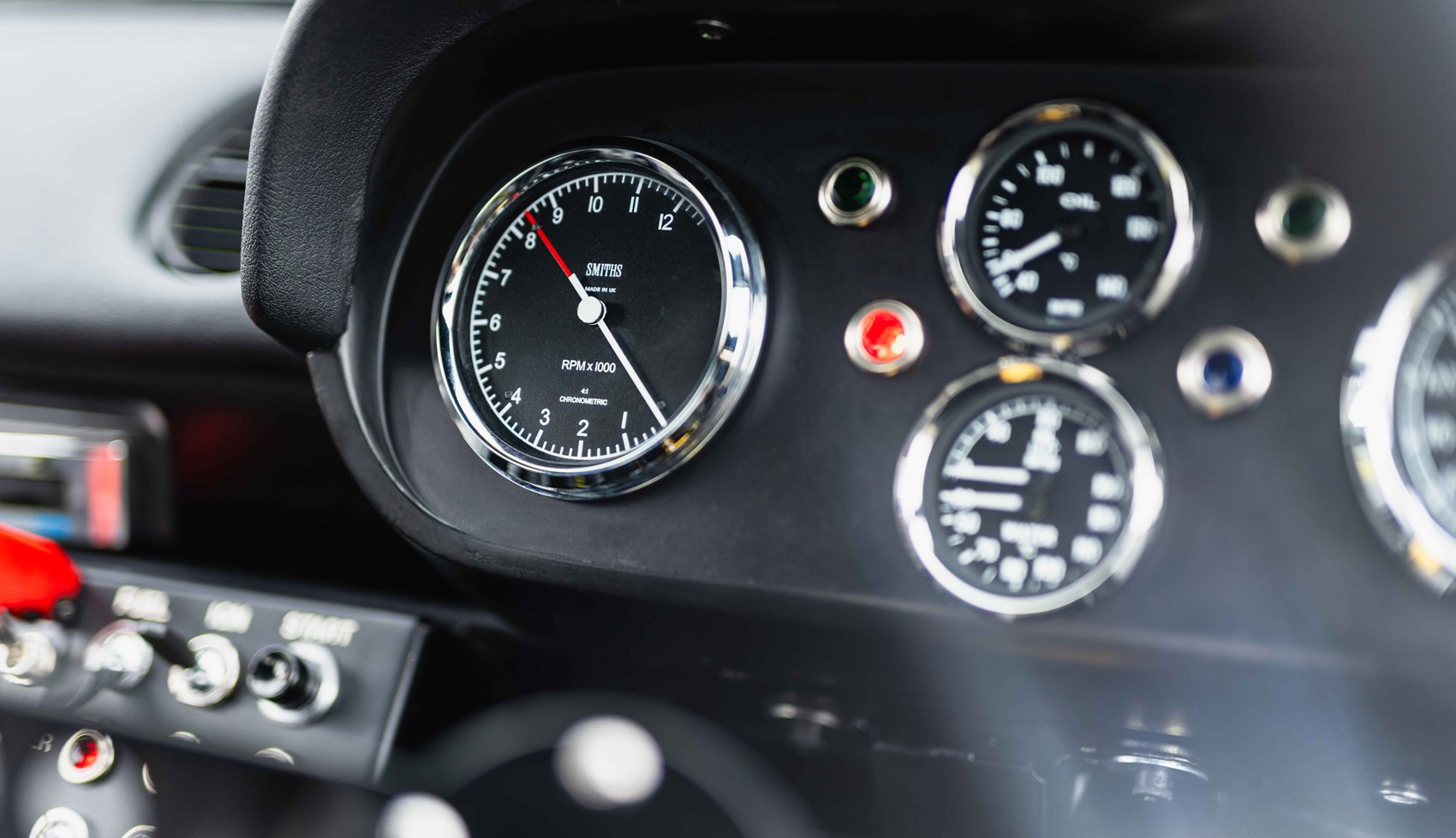
And that’s about it.
It’s not quite as stripped out as some racers – the door cards are faithful replicas of the original, rather than simple sheets of plastic – but there aren’t many creature comforts in here.
Before you buy
You can use the AMR on normal track days, depending on noise restrictions, or you can choose to race it. Boreham is setting up a driver training program to give owners the opportunity to learn to race in the car, presumably imagining that this Escort will be the first time some customers go racing.
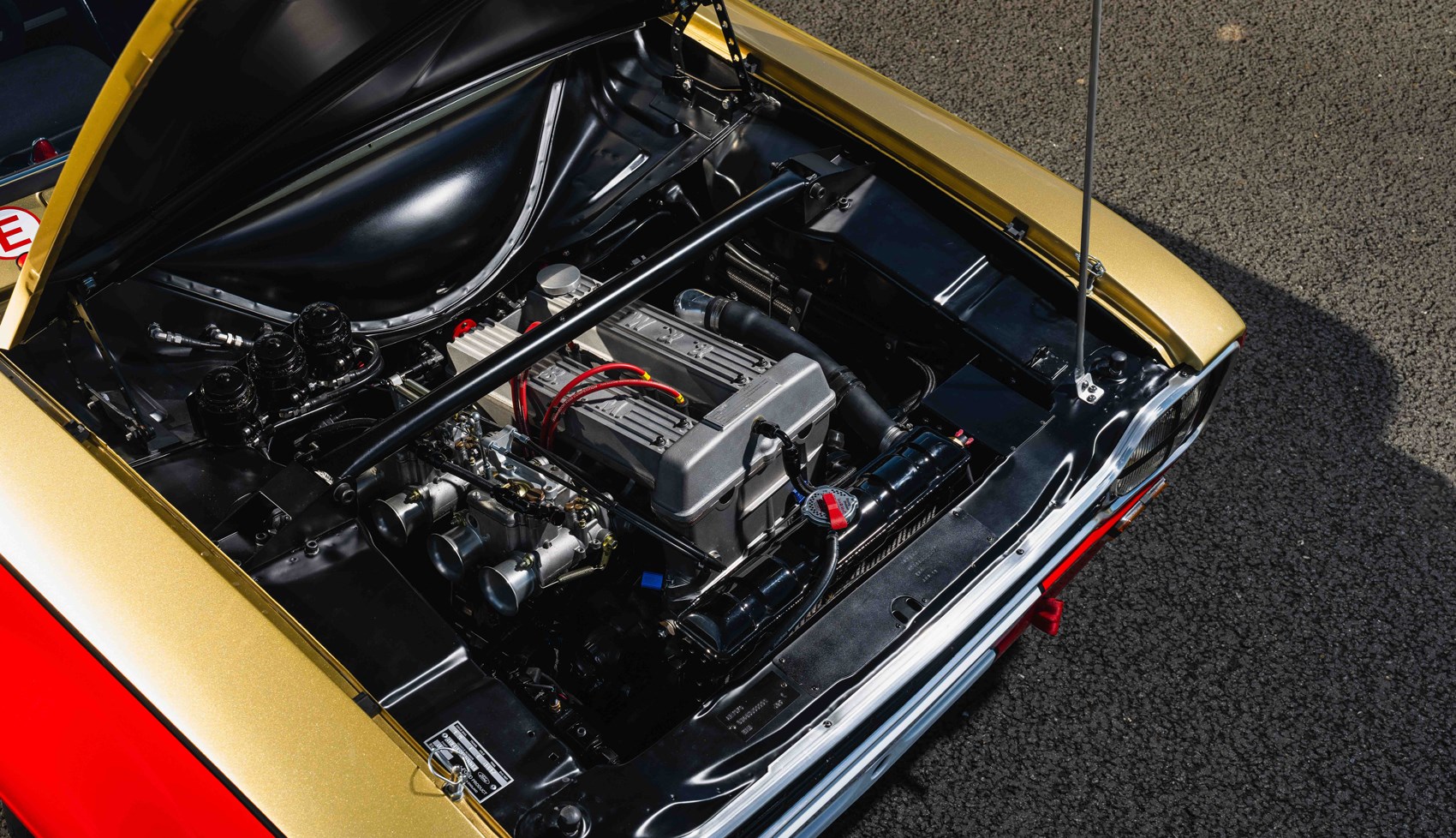
A £350k car as your first racer isn’t as daft as it sounds. Plenty of high net worth individuals start at those sorts of levels and the beauty of the Escort is that it’s attainable, at least in talent terms. There’s no tricky aero to get your head around and the power levels aren’t ludicrous. You can also fit data recorders to help the learning curve.
Verdict
It’s hard to ignore the price – there are MUCH cheaper ways to get into historic racing – but it’s also hard to deny the raw appeal of this Escort. I mean just look at the thing! Everything that was cool about Ford with none of the associated body rot or bunged-up carburettors.
It’s set up perfectly, as you’d expect, and the fact is you get to own a car with an official Alan Mann Racing stamp. The authenticity appeals and elevates it above others – it’s a rare thing made genuine.